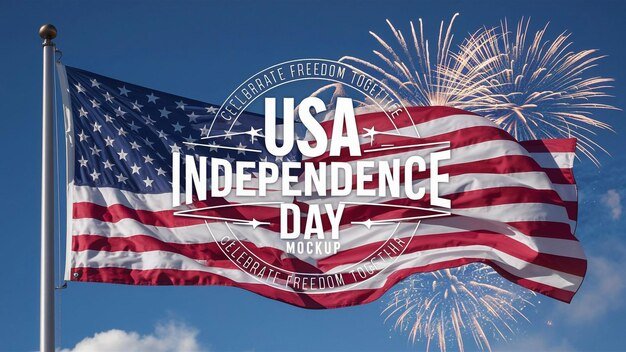Independence Day, also known as the Fourth of July, marks the day when the United States declared independence from Great Britain in 1776. On July 4, the leaders of the thirteen colonies approved the final version of the Declaration of Independence. This important document made it clear that the people of the United States wanted to govern themselves. Every year, Americans celebrate this day to remember the bravery and efforts of those who fought for their freedom.
How People Celebrate the Fourth of July
Americans celebrate Independence Day with joy and excitement. Families gather for picnics, barbecues, and outdoor games like tug-of-war, baseball, and three-legged races. Many people also take part in watermelon or hotdog-eating contests. Cities and towns arrange parades, music shows, and impressive fireworks at night. People often dress in red, white, and blue, and display the American flag on their homes. Politicians join public events to honor the country’s history and show pride in the nation. The Statue of Liberty, a symbol of freedom, becomes an important focus during these celebrations.
Public Holiday and Historical Facts
Independence Day is a public and federal holiday in the U.S. Government offices, schools, and many businesses close on July 4. If the day falls on a weekend, people observe the holiday on the nearest weekday. Many Americans take advantage of this break by going on vacations or spending time with family. The idea of how to celebrate the Fourth of July came from a letter by John Adams in 1776, who imagined parades, games, and fireworks. Later, in 1870, it became an official unpaid holiday, and by 1941, it turned into a paid one for federal workers. It’s interesting to note that Thomas Jefferson and John Adams both died on July 4, 1826—exactly 50 years after independence. People should also remember that Native American tribes lived in the land long before European settlers arrived, each with its own culture and government.
Picture credit: Day off
